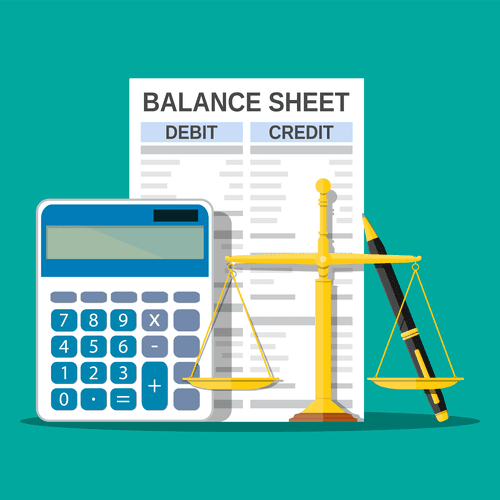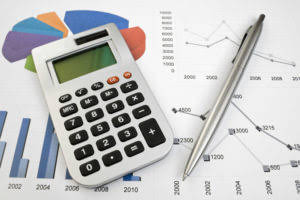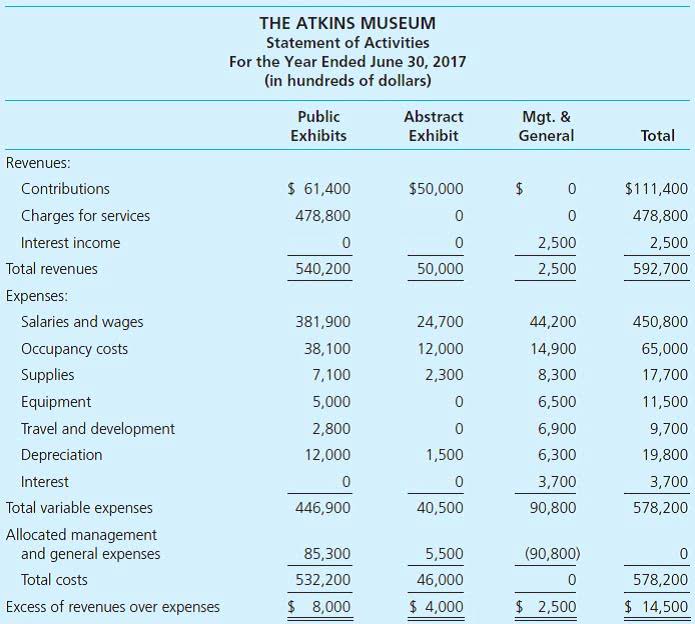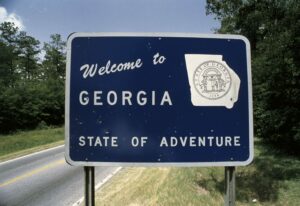Conversion Cost Definition, Formula, How to Calculate?

This is the expense measured by the cost of the finished goods sold during a specific period. This cost refers to the opportunity that is lost or sacrificed when the choice of one course of action requires that an alternative course of action be given up. Notably, opportunity cost only applies to resources that have some alternative uses. These costs are created decisions made in the past that cannot be changed by any decision that will be made in the future.

How confident are you in your long term financial plan?

Inventoriable costs become expenses (cost of goods sold) when the product is sold. Product costs are assigned to goods either purchased or manufactured for resale; they are incurred to produce or purchase a product. Assume that there was no work in process inventory at the beginning and at the end of the accounting period.
- The articles and research support materials available on this site are educational and are not intended to be investment or tax advice.
- Such an analysis will help management accountants when supplying information for planning and decision-making purposes.
- While there’s nothing wrong with those bidding strategies and they can perform very well for your account, they can sometimes fall into the trap that I just mentioned.
- Let’s take a scenario for a business with multiple calls to action on its site.
- Conversion values can help you better understand which assets within your Google Ads account structure are contributing to your bottom line.
- The iron, aluminium, and SBR tyres expenses are considered raw material charges in the example.
Prime cost and conversion cost

One of the most important pieces of information you can get from the values of conversion cost is whether your marketing campaign is profitable and, therefore, worth the effort. Some other examples of manufacturing overheads are insurance, building maintenance, machine maintenance, taxes, equipment depreciation, machining, and inspection. For shipping the raw materials to the desired location, they paid ₹30,000 to the transportation company. To speed up the production process, they rented an assembly plant for ₹1,50,000/Month.
Conversion Costs: Formula, Definition & Examples
Factory overhead refers to costs incurred in production other than direct materials and direct labor. Therefore, once the batch of sticks gets to the second process—the packaging department—it already has costs attached to it. In other words, the packaging department receives both the drumsticks and their related costs from the shaping department. For the basic size 5A stick, the packaging department adds material at the beginning of the process. The 5A uses only packaging sleeves as its direct material, retained earnings balance sheet while other types may also include nylon, felt, and/or the ingredients for the proprietary handgrip. Direct labor and manufacturing overhead are used to test, weigh, and sound-match the drumsticks into pairs.
- Numerous manufacturing overhead costs are encountered in manufacturing facilities and processes.
- If your lead generation company only uses one type of lead and every customer has the same value to you, then this strategy might be a little bit overkill.
- The cost of manufacturing a product cannot be traced to just one unit in the process.
- This follows from the fact that the cost of any product equals the cost of direct materials, direct labor, and factory overhead.
- Conversion costs refer to those that are spent to transform raw materials into finished goods, i.e. direct labor and factory overhead.
What is your current financial priority?

In this article, I want to tell you why you should be using conversion values in your lead generation account on Google Ads. And for those of you who don’t know the value of a lead, I’ll walk you through how to calculate that based on your actual business numbers. Fluctuations in labor costs due to overtime, bonuses, or productivity levels can affect conversion cost accuracy. In job order costing systems, conversion costs are tracked for specific production batches or projects, helping allocate costs accurately. Conversion costs are integral to calculating the break-even point, helping businesses understand the sales volume required to cover production expenses. The term conversion costs often appears in Grocery Store Accounting the calculation of the cost of an equivalent unit in a process costing system.
1 Automating Production Processes
- All of our content is based on objective analysis, and the opinions are our own.
- For the basic size 5A stick, the packaging department adds material at the beginning of the process.
- It usually includes the total value of labor cost and other applied overheads like factory overheads, administrative overheads, etc.
- It includes the direct labour costs and the amount spent on indirect factors like electricity bills, factory rent, etc., which cannot be directly traced down to the production of a single unit.
- Direct labor refers to the salaries and wages of workers who transform the materials into finished goods.
- Rent of factory building, electricity, gas and coal used in production, salaries of production managers, depreciation of production machines and equipment are a few examples of these costs.
You’re optimizing for all stages and working to hit a profitability metric for your lead generation business based on how far somebody gets in the buyer funnel and ideally all the way through to the customer stage. Once we know all of the conversion rates for each of the buyer funnel stages, we just need to apply those rates to the average value of a new customer to determine how valuable each stage is for a new customer. Here’s how it might look to calculate your conversion rates in each stage of the funnel. If you’re leveraging smart bidding, Google can optimize to a higher profitability level by generating leads for the ebook at a low cost per lead since the likelihood of a customer is low. For the contact us form, Google has a lot more leniency because that lead action is worth so much more to your company based on the value you assigned it.
2 Conversion Cost vs. Total Manufacturing Cost

Plastic, rubber, steel, iron, timber and many agricultural outputs like sugarcane, sugar beets, jute and cotton etc. are examples of direct materials that are processed to produce salable finished products. Direct labor costs are the wages and salaries paid to employees who are conversion costs directly involved in the production process. This includes assembly line workers, machine operators, and other staff who work directly on manufacturing the product.
The following are some of the most commonly used conversion metrics when assessing conversion cost. Each has its own example of how you would assess conversions with your given definition for the conversions. Conversion costs are calculated in order to know the cost per unit, which assists the company in deciding a price for the product. In manufacturing sector, the basic production costs can be categorized differently depending on the purpose and use of categorization. This categorization is helpful in determining the efficiency of manufacturing facilities and processes in producing their output.
Conversion costs are the costs that are incurred by manufacturing companies when converting raw materials into finished goods. Hence, using conversion costs is an efficient way of calculating equivalent units and per unit costs rather than separately calculating direct labor and manufacturing overheads. ABC Company’s prime costs amount to $650,000 while conversion costs amount to $600,000. Other examples of factory overhead costs, aside from indirect materials and indirect labor, include rent, utility bills, and depreciation of factory equipment. It is the direct labor plus any manufacturing overheads needed to convert raw materials into a finished product.


